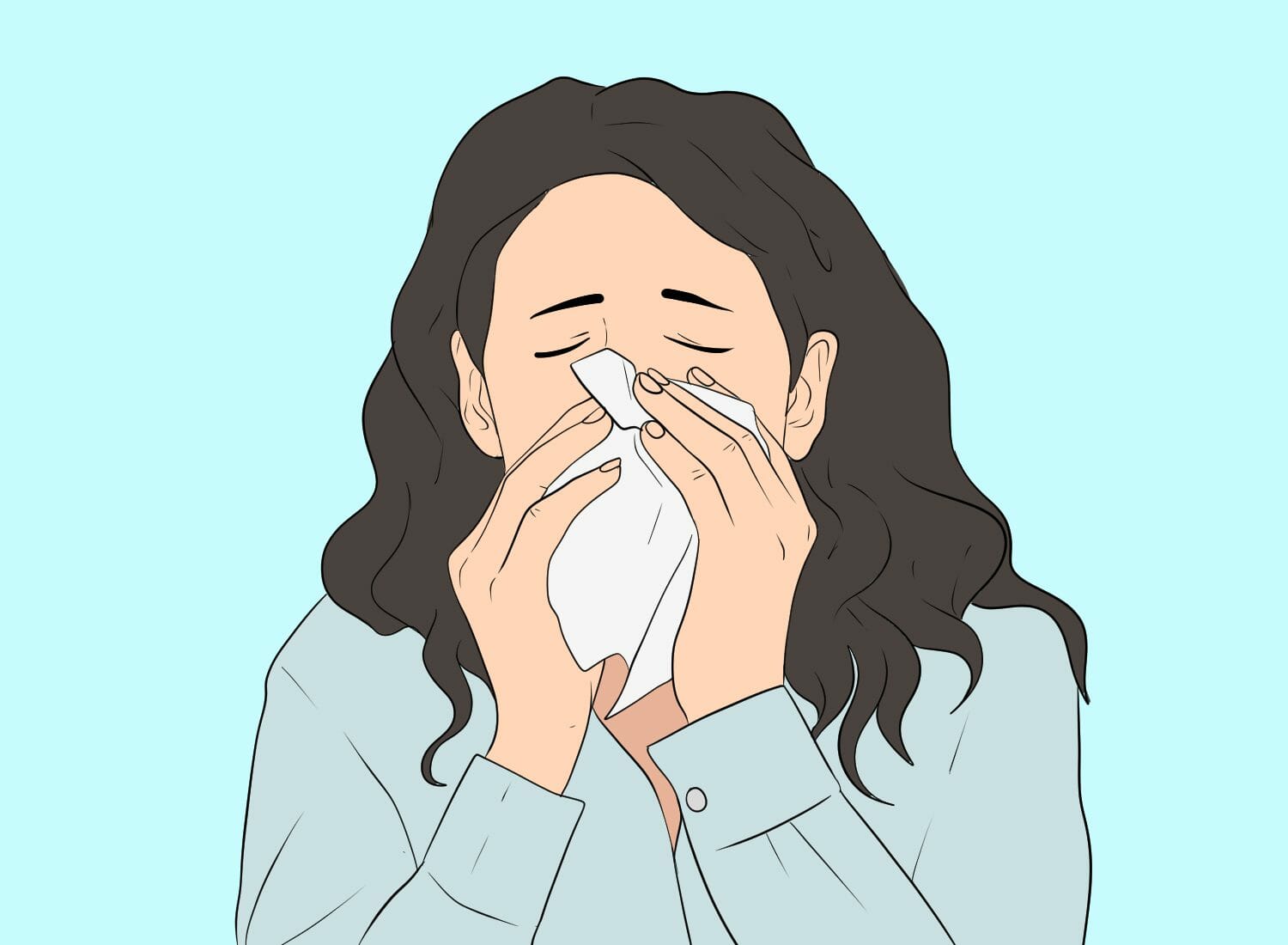
Exposure to black mold can lead to various symptoms, depending on an individual’s sensitivity and the duration and severity of their exposure.
Symptoms of black mold exposure can include a stuffy or runny nose, coughing, wheezing, and eye irritation. In some cases, exposure to black mold can also cause skin rashes, headaches, and fatigue.
While these symptoms may be mild in some individuals, they can be more severe in others, particularly those with allergies or asthma. In rare cases, prolonged exposure to black mold can lead to more serious health problems.
Identifying black mold
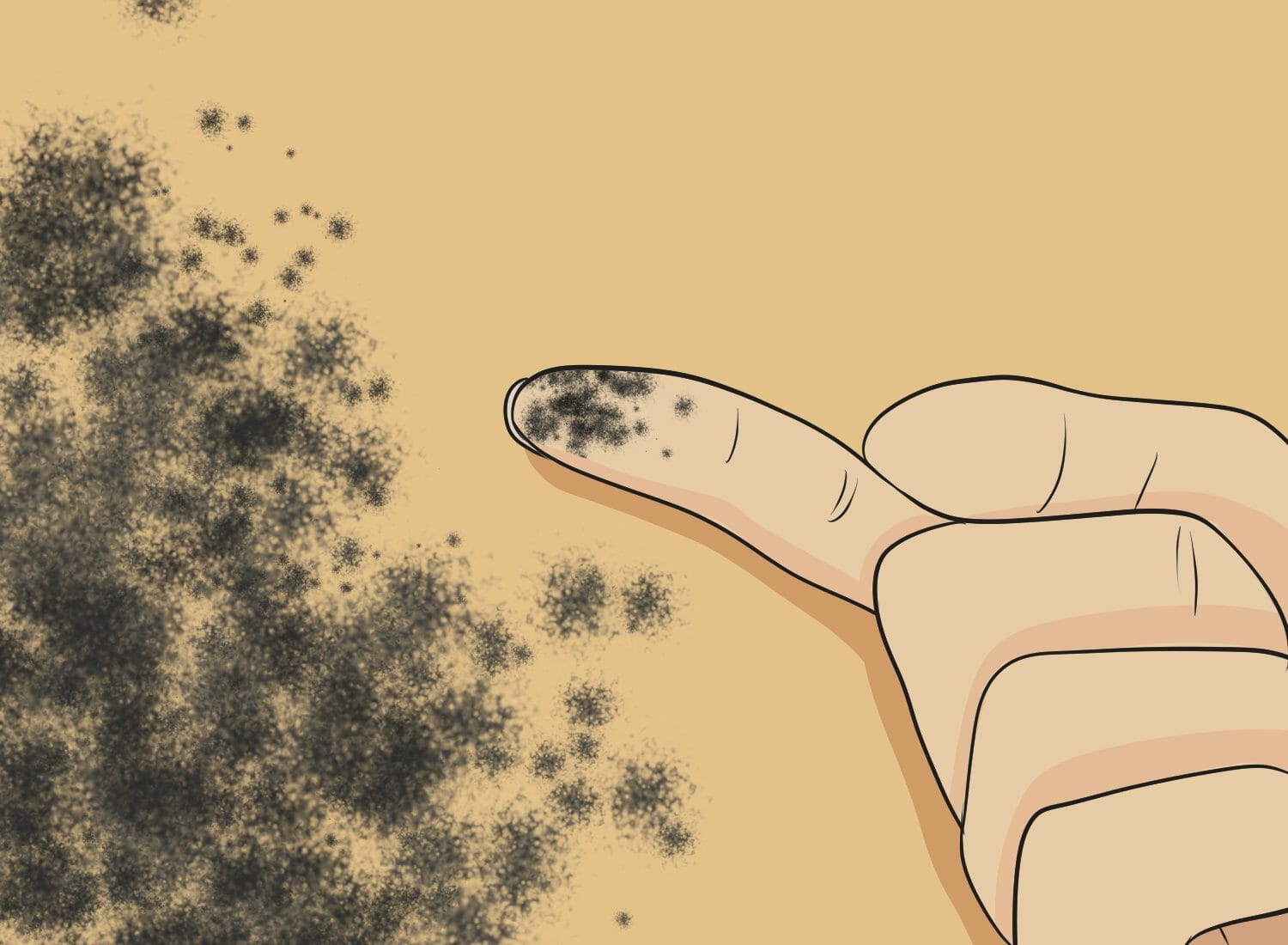
Identifying black mold can be difficult because it looks similar to other types of mold. However, there are some signs that can help distinguish it from other molds.
Color
One of the most noticeable signs of black mold is its color. As the name suggests, black mold is typically black or dark green in color.
Smell
It can also have a slimy texture and a musty odor. If you notice a musty smell in an area of your home, it may be a sign of black mold. Another way to identify black mold is by its growth pattern.
Appearance
Black mold tends to grow in a circular pattern and can cover large areas if left untreated. It can also grow on porous surfaces such as drywall and wood, which can make it difficult to remove.
If you suspect that you have black mold in your home, it is important to have it properly identified and removed by a professional.
Common symptoms of black mold exposure
Exposure to black mold can cause a range of symptoms that vary in severity depending on the individual’s sensitivity to the mold and the amount of exposure. Here are the most common symptoms of black mold exposure:
- Sneezing
- Coughing
- Nasal congestion
- Postnasal drip
- Red eyes
- Skin rash
- Sore throat
These symptoms may be more severe if you have a true mold allergy, which is a reaction triggered by your immune system. In such cases, you may experience:
- Coughing
- Wheezing
- Nose stuffiness
- Red or itchy eyes
- Skin rash
- Sore throat
Particular molds may also cause an asthma attack in people who have asthma, a chronic respiratory condition. Symptoms of an asthma attack may include:
- Wheezing
- Shortness of breath (dyspnea)
- Dry cough and chest tightness
It is important to note that not everyone exposed to black mold will experience symptoms. Some people may be more sensitive than others, while others may not be affected at all.
Respiratory symptoms
Black mold exposure can cause respiratory symptoms, which can vary from mild to severe. These symptoms can be caused by inhaling black mold spores or by having an allergic reaction to them. Respiratory symptoms may include:
Coughing and wheezing
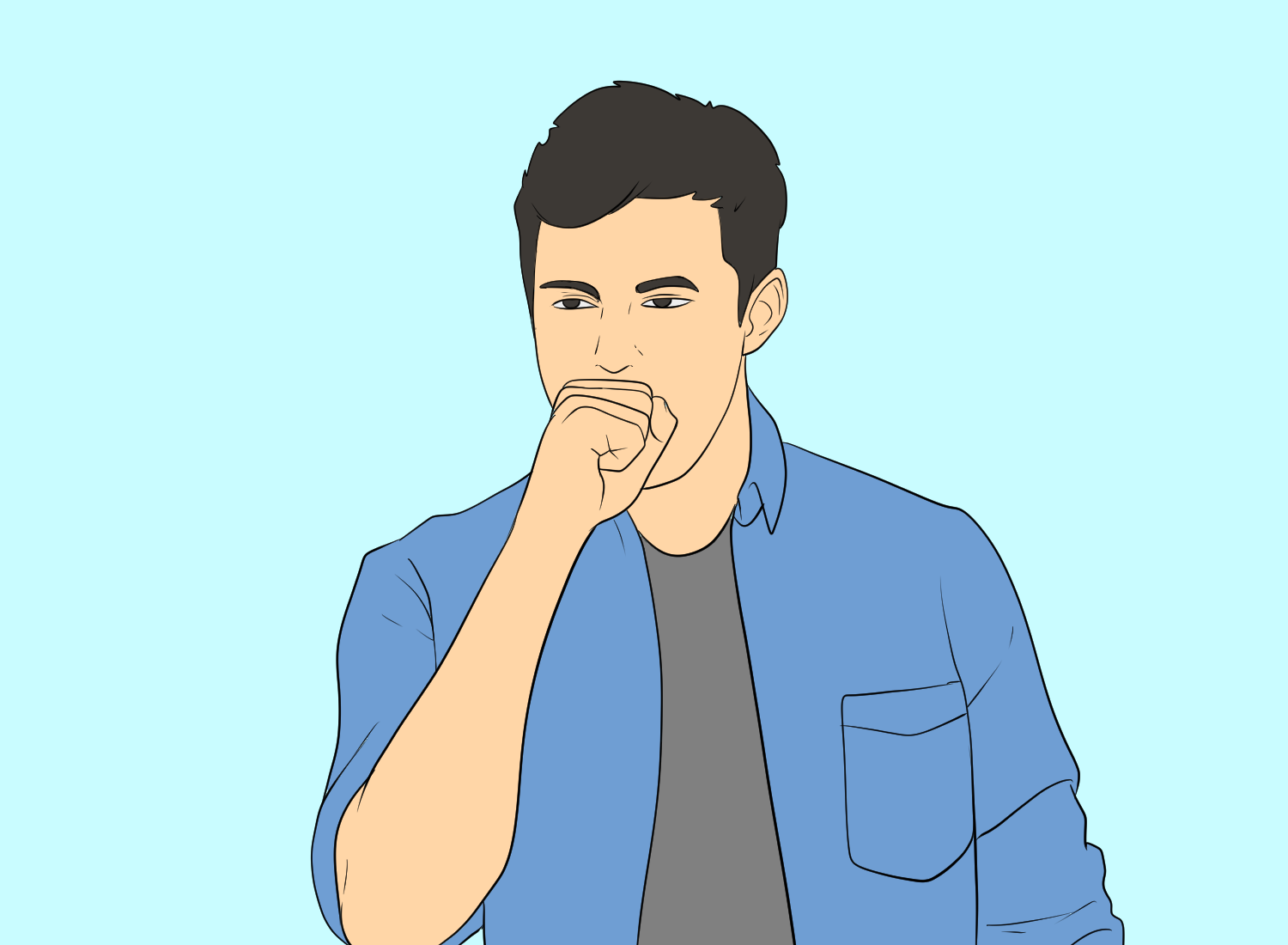
Coughing and wheezing are common respiratory symptoms caused by black mold exposure. Coughing is a reflex action that helps to clear the airways of mucus, irritants, and foreign particles.
Wheezing is a high-pitched whistling sound that is produced when air flows through narrowed airways. It can be a sign of a serious respiratory condition, such as asthma or bronchitis.
Breathing difficulties

Black mold exposure can cause breathing difficulties, especially in people with pre-existing respiratory conditions such as asthma or chronic obstructive pulmonary disease (COPD).
Breathing difficulties can range from mild to severe and can include shortness of breath, chest tightness, and difficulty breathing. In severe cases, black mold exposure can cause respiratory failure, which can be life-threatening.
It is important to note that respiratory symptoms caused by black mold exposure can be similar to those caused by other respiratory conditions.
Therefore, it is important to seek medical attention if you experience any respiratory symptoms. A healthcare provider can diagnose black mold exposure and help to manage your symptoms.
Neurological symptoms
Black mold exposure can lead to various neurological symptoms. These symptoms can range from mild to severe and can affect different parts of the nervous system.
Here are some of the neurological symptoms associated with black mold exposure.
Headaches
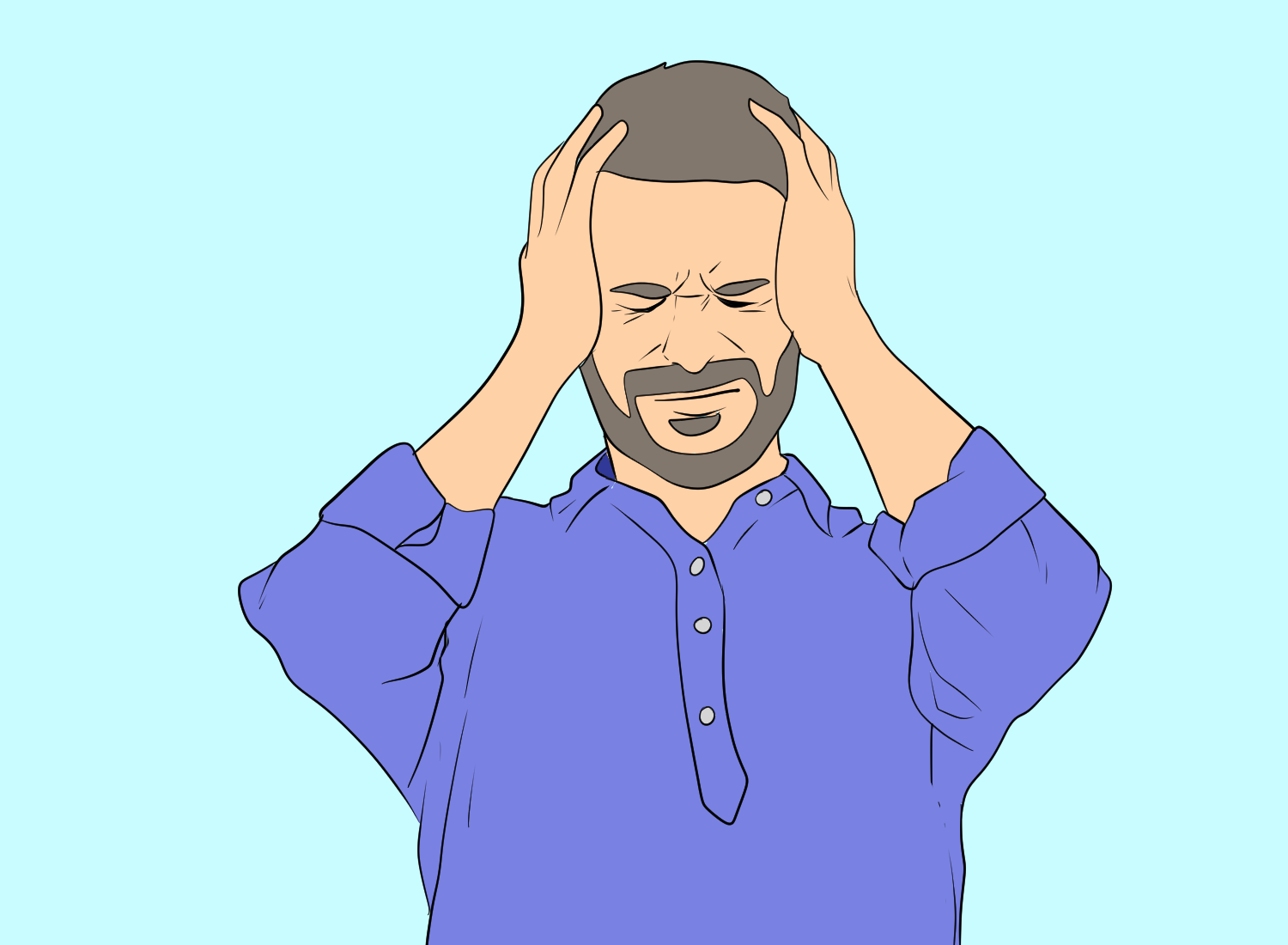
Headaches are a common symptom of black mold exposure. These headaches are usually described as a dull, persistent ache that is often accompanied by pressure in the head.
These headaches can be caused by the mycotoxins produced by black mold, which can cause inflammation in the brain.
Dizziness
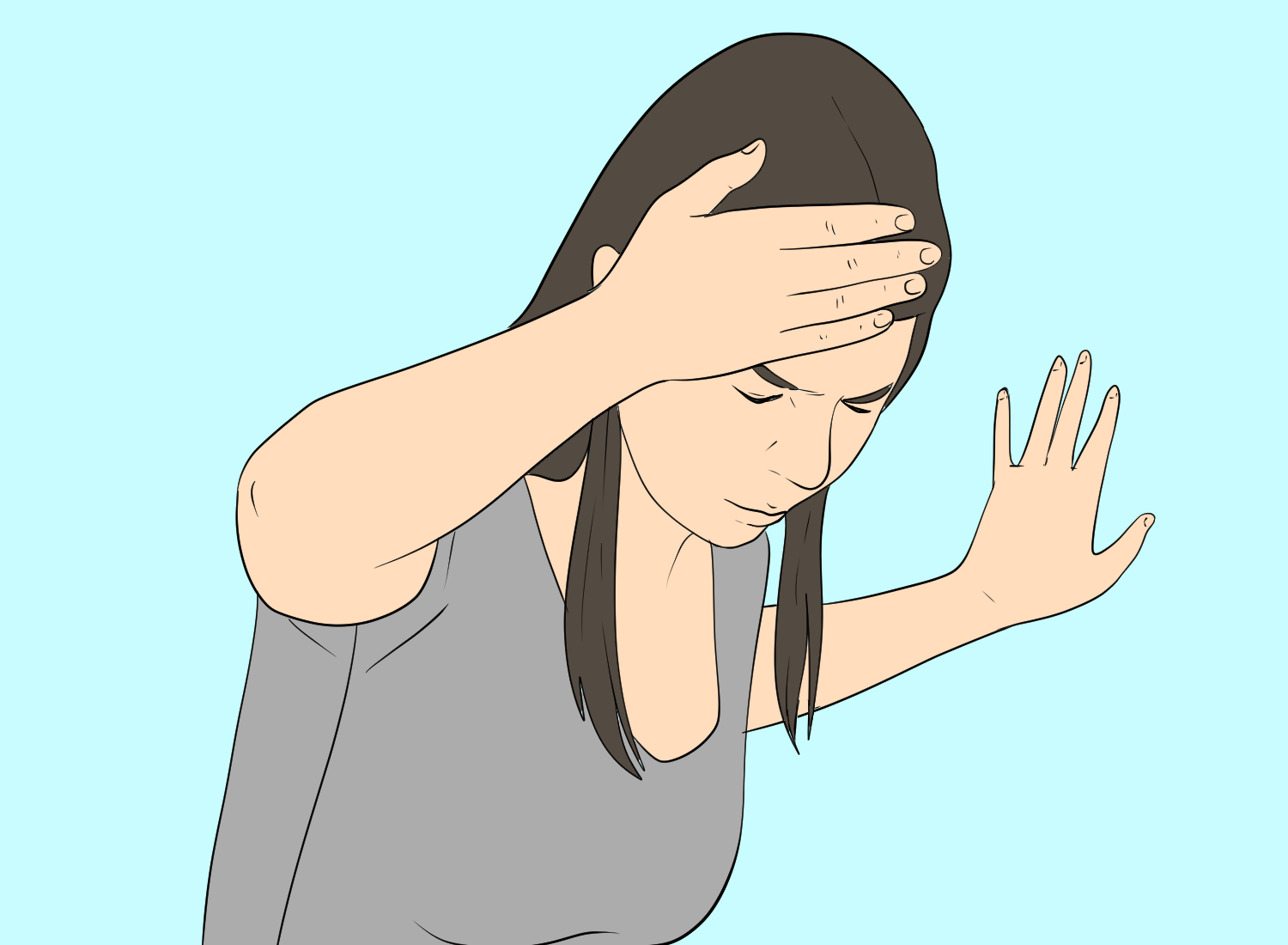
Dizziness is another common neurological symptom associated with black mold exposure. This can be caused by the toxins produced by black mold, which can affect the balance centers in the brain.
Dizziness can be accompanied by vertigo, a spinning sensation that can make it difficult to stand or walk.
Mood swings

Mood swings are another possible neurological symptom of black mold exposure. These mood swings can include irritability, anxiety, and depression.
These symptoms can be caused by the toxins produced by black mold, which can affect the levels of neurotransmitters in the brain.
It is important to note that not everyone who is exposed to black mold will experience neurological symptoms. However, if you do experience any of these symptoms, it is important to seek medical attention.
A healthcare provider can diagnose black mold exposure and help you manage your symptoms.
Skin-related symptoms
Exposure to black mold can cause a range of skin-related symptoms, including rashes and itching. These symptoms can be caused by direct contact with the mold or by inhaling the spores.
Rashes
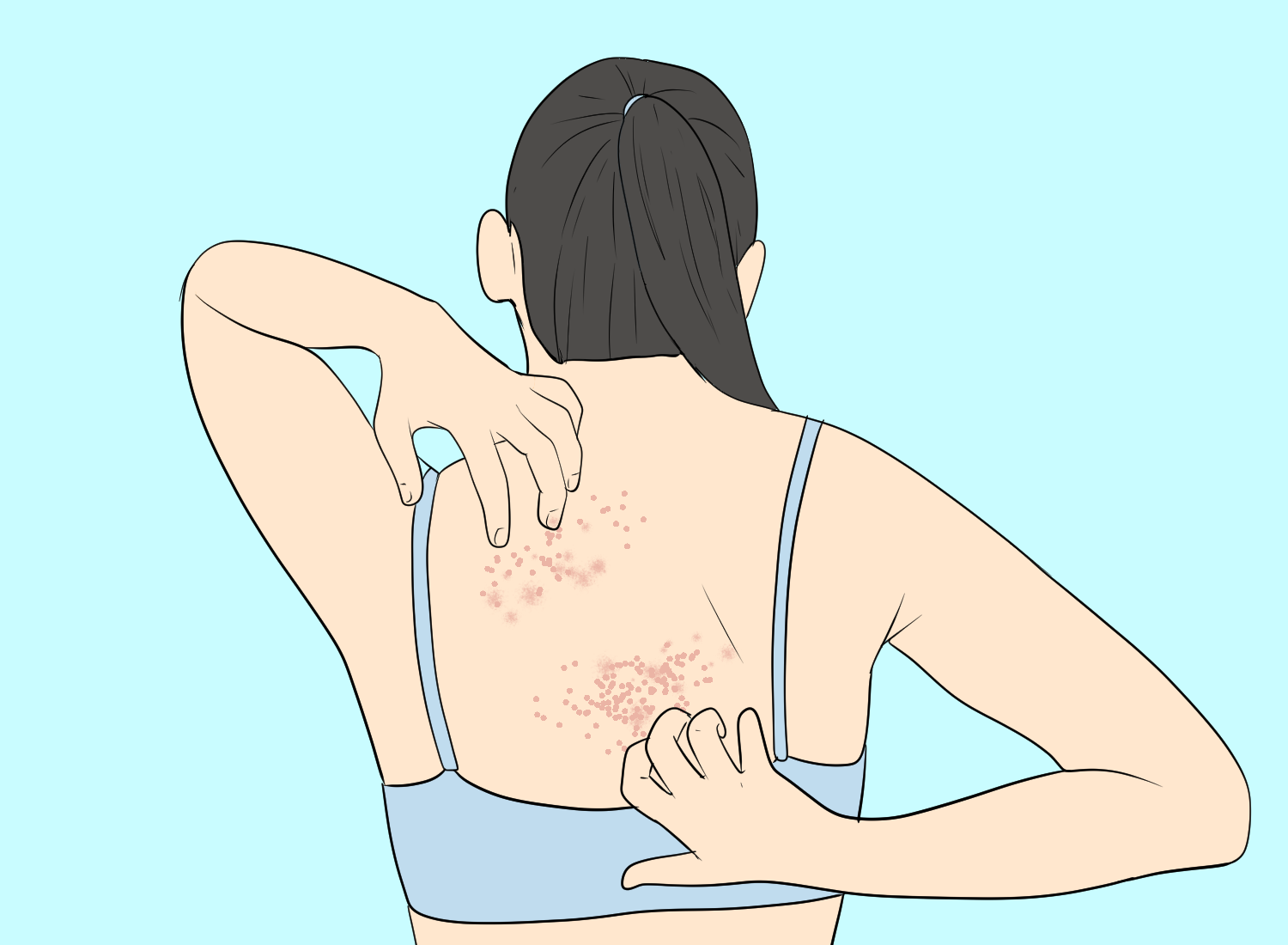
One of the most common skin-related symptoms of black mold exposure is a rash. The rash may be itchy, red, and raised, and it may appear in patches or as a widespread rash. The rash may also be accompanied by blisters or hives.
The severity of the rash can vary depending on the individual’s sensitivity to the mold. In some cases, the rash may be mild and go away on its own, while in other cases it may be more severe and require medical treatment.
Itching
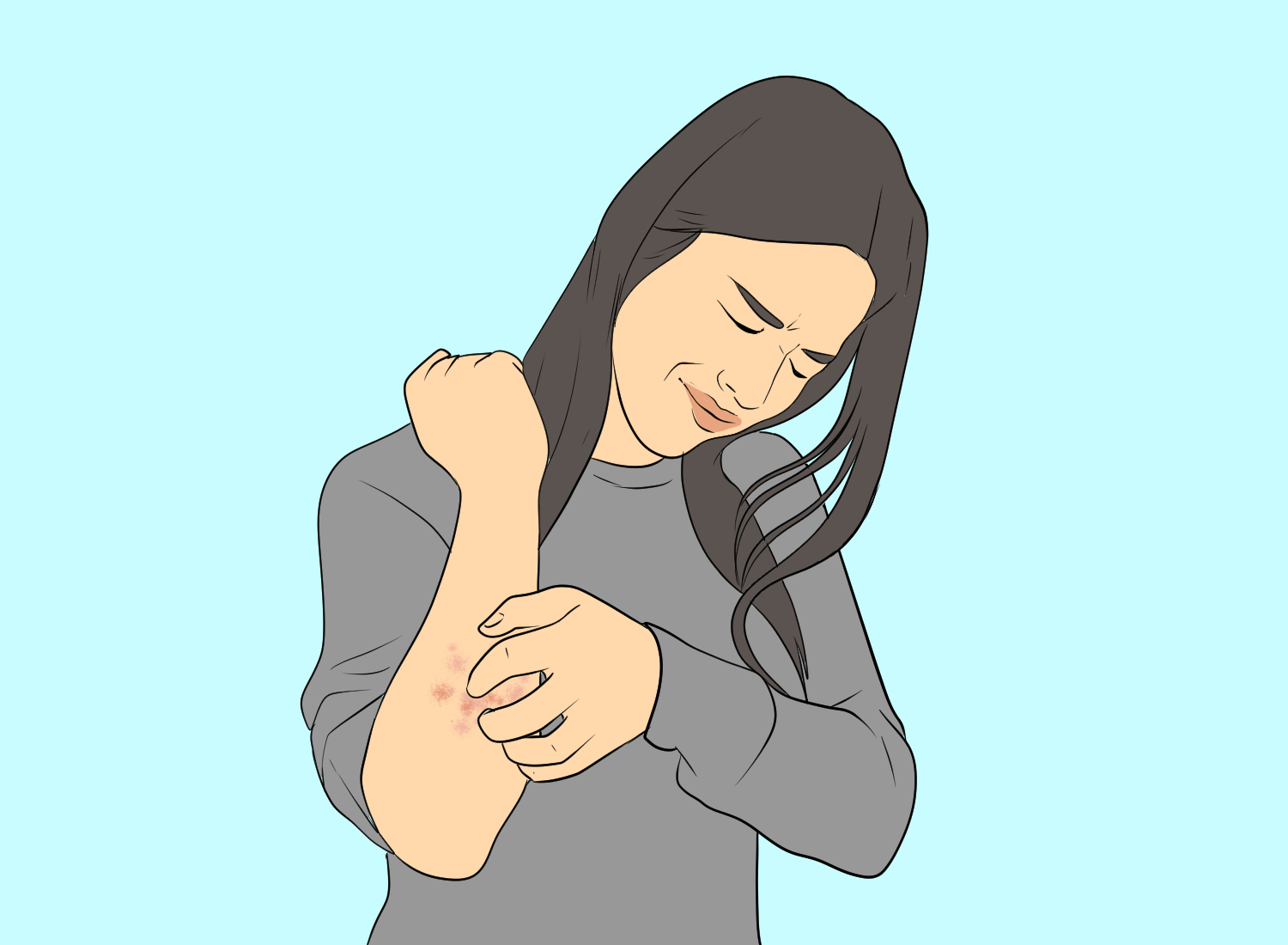
Itching is another common skin-related symptom of black mold exposure. The itching may be localized to one area of the body or may be widespread. It may also be accompanied by a rash or other skin irritation.
The itching can be caused by the mold spores irritating the skin or by an allergic reaction to the mold. In some cases, the itching may be severe and persistent, and may require medical treatment.
It is important to note that skin-related symptoms of black mold exposure can be similar to those caused by other skin conditions, such as eczema or psoriasis. If you are experiencing skin-related symptoms, it is important to consult a healthcare provider to determine the cause and appropriate treatment.
Eye irritation
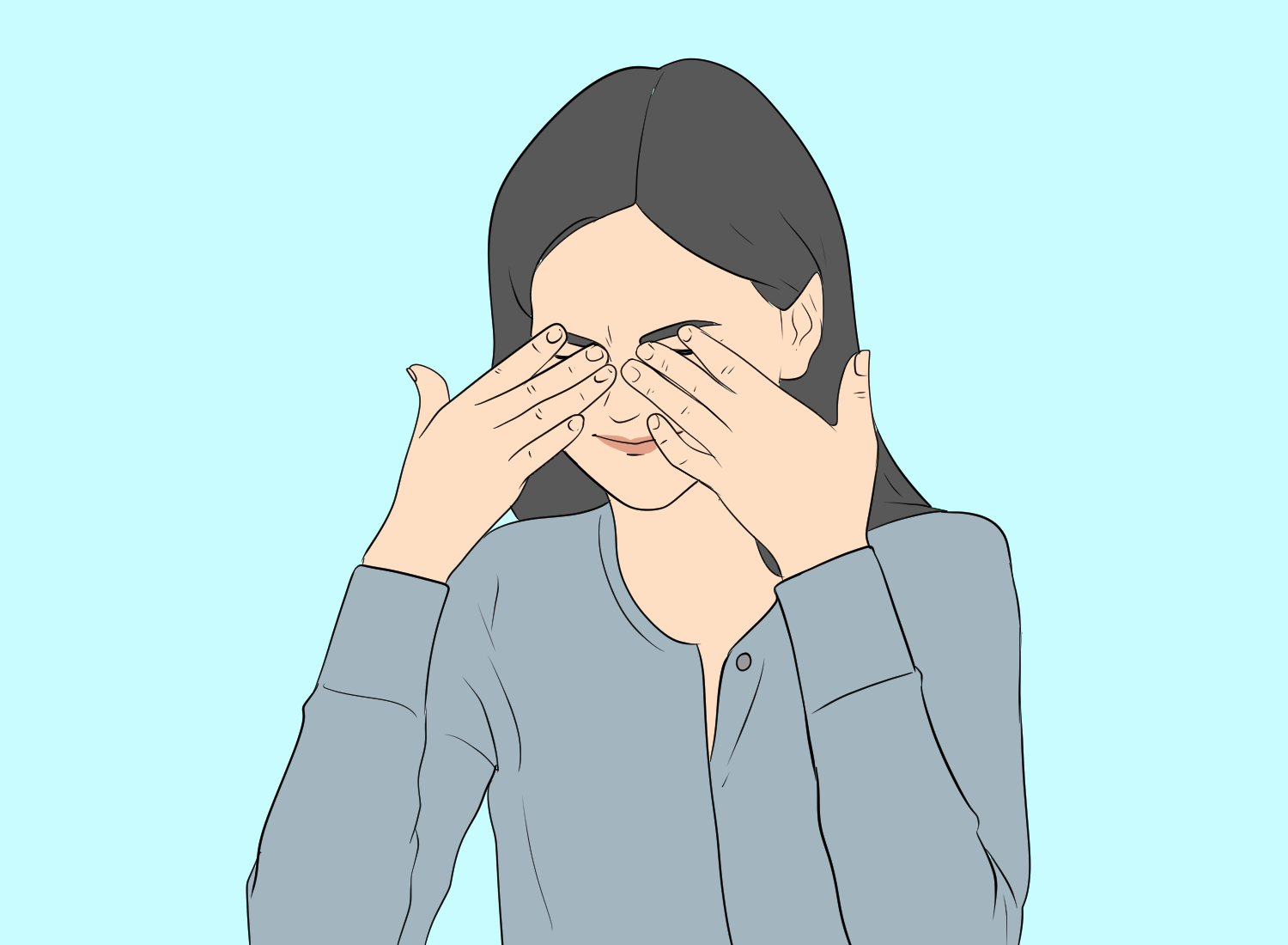
Exposure to black mold can cause eye irritation. According to the Mayo Clinic, common symptoms of mold allergy include itchy eyes, nose, and throat, watery eyes, and dry, scaly skin.
Eye irritation can also include redness, swelling, and sensitivity to light.
Eye disorders caused by toxic black mold exposure can include red eyes, blurry vision, burning sensation in the eyes, eye damage, eye inflammation, jaundice (yellowing of the eyes), light sensitivity, and worsening vision or vision problems.
If you are experiencing any of these symptoms, it is important to seek medical attention immediately.
It is also important to note that eye irritation can be caused by other factors, such as allergies, infections, and foreign objects in the eye.
What to do when exposed to black mold
If you suspect that you have been exposed to black mold and are experiencing eye irritation, it is important to consult with a healthcare professional to determine the cause and appropriate treatment.
In addition to seeking medical attention, there are steps you can take to prevent exposure to black mold and reduce the risk of eye irritation.
These include keeping your home dry and well-ventilated, fixing leaks and moisture problems promptly, cleaning up any mold growth immediately, and using air purifiers and dehumidifiers as needed.
Complications in immune-compromised individuals
For people with weakened immune systems, exposure to black mold can cause more severe symptoms and complications.
This includes individuals with immunodeficiency disorders or those taking medications that suppress the immune system.
Fungal infection
One of the most serious complications that can arise from black mold exposure is a fungal infection, also known as mycosis. This can occur in the airways or other parts of the body and can be life-threatening in severe cases.
Respiratory problems
In addition to mycosis, immune-compromised individuals may also experience more severe respiratory symptoms, such as coughing, wheezing, and shortness of breath.
They may also be at higher risk of developing other infections, such as pneumonia. It’s important for individuals with weakened immune systems to take extra precautions to avoid exposure to black mold.
If an immune-compromised individual suspects they have been exposed to black mold, they should seek medical attention immediately. A healthcare professional can provide appropriate treatment and monitor for any potential complications.
Long-term health risks of black mold exposure
Long-term exposure to black mold can have serious health consequences. While the symptoms of black mold exposure can vary from person to person, some of the long-term health risks associated with black mold exposure include:
Respiratory problems: Long-term exposure to black mold can lead to chronic respiratory problems, including coughing, wheezing, and shortness of breath.
In severe cases, black mold exposure can lead to the development of asthma or other respiratory conditions.
Neurological problems: Black mold exposure has been linked to a range of neurological problems, including memory loss, difficulty concentrating, and confusion.
Some studies have also suggested that long-term exposure to black mold may increase the risk of developing Parkinson’s disease.
Immune system suppression: Black mold exposure can suppress the immune system, making it more difficult for the body to fight off infections and illnesses.
This can increase the risk of developing infections and other health problems.
Organ damage: In severe cases, long-term exposure to black mold can lead to organ damage, particularly damage to the liver and kidneys.
It is important to note that not everyone who is exposed to black mold will experience these long-term health risks.
However, individuals who are particularly sensitive to mold or who have pre-existing health conditions may be at a higher risk of experiencing these complications.
If you suspect that you have been exposed to black mold, it is important to seek medical attention as soon as possible.
Your healthcare provider can help diagnose any underlying health problems and recommend appropriate treatment options.







